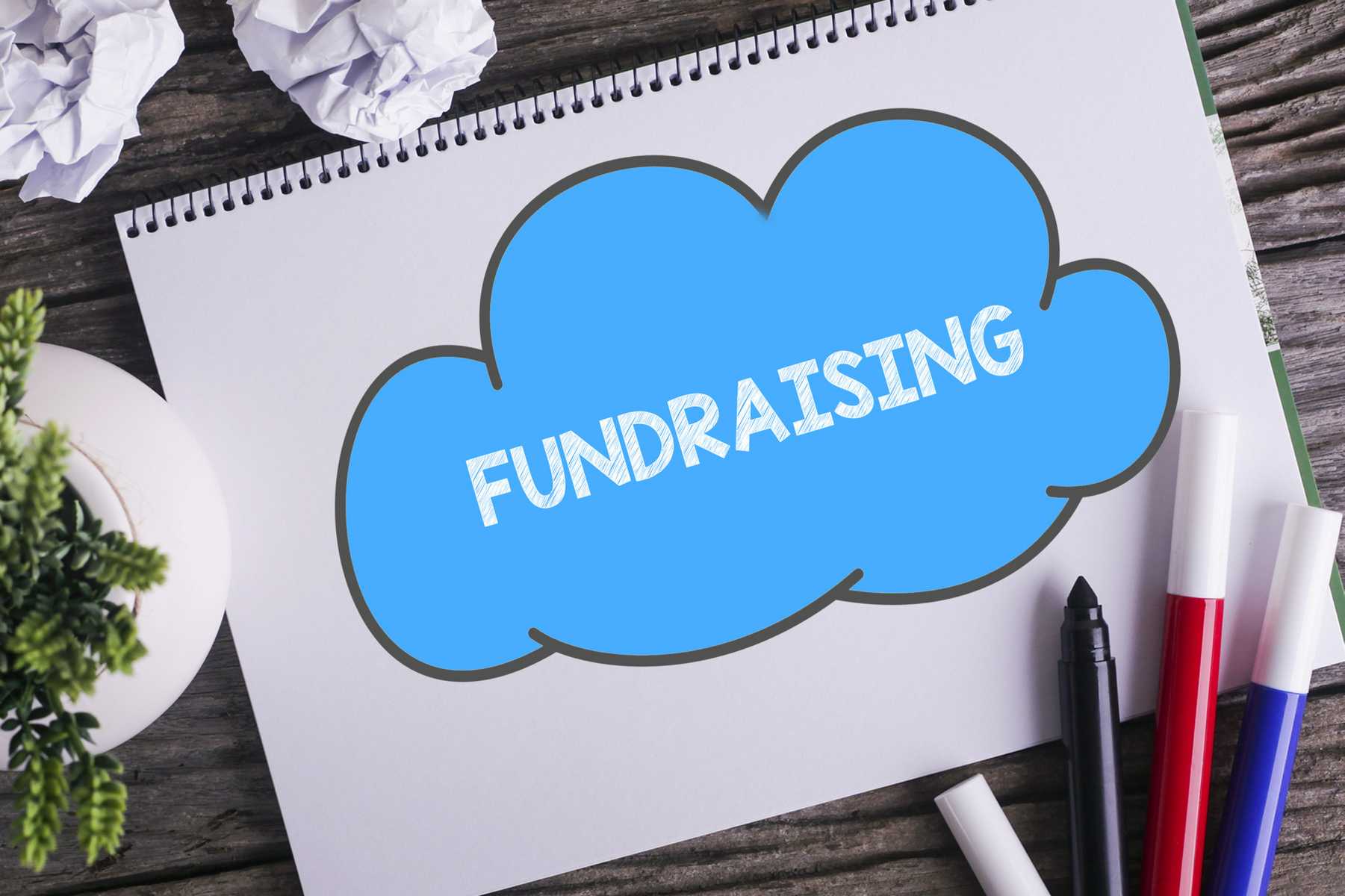Nonprofit Agency: How to Optimize Your Influence with Expert Advice
Nonprofit Agency: How to Optimize Your Influence with Expert Advice
Blog Article
The Duty of Community Engagement in Nonprofit Fundraising: Building Lasting Relationships for Lasting Assistance
Community engagement is significantly acknowledged as a crucial component of effective not-for-profit fundraising. By promoting real partnerships with neighborhood stakeholders, organizations can grow trust and loyalty, which are vital for sustainable support. Nonetheless, the approaches and approaches utilized to engage areas vary extensively, increasing important inquiries about performance and impact. What are the very best methods for growing these essential connections, and just how can nonprofits determine their success in this sector? Understanding these dynamics could dramatically influence the future of fundraising initiatives and the overall objective of nonprofit companies.
Understanding Community Involvement
Area engagement is an important element of successful nonprofit fundraising efforts. Nonprofits must determine crucial stakeholders-- such as neighborhood participants, regional businesses, and other organizations-- to develop efficient involvement approaches.
Efficient neighborhood involvement is asserted on energetic listening and responsiveness to the needs and passions of the area. This process entails getting comments, recognizing neighborhood dynamics, and making sure that the company's objective aligns with neighborhood top priorities. Involving the community can take various forms, including public conferences, volunteer possibilities, and collaboration campaigns, each created to motivate involvement and investment in the company's goals.
Additionally, community involvement need to be come close to as a continuous dialogue as opposed to an one-time effort. By cultivating an inclusive atmosphere where neighborhood voices are heard and valued, nonprofits can develop a solid structure for future fundraising undertakings. Inevitably, a deep understanding of community engagement equips companies to produce authentic connections that improve their total performance and sustainability.
Benefits of Strong Relationships
Solid partnerships created through neighborhood interaction yield various advantages for nonprofit fundraising initiatives. Firstly, these relationships foster trust fund and integrity, crucial components in encouraging donors to add. When potential fans see a not-for-profit actively associated with their neighborhood, they are more probable to believe in its goal and influence.

Moreover, these partnerships promote efficient interaction. Nonprofits can take advantage of their links to share tales of effect, updates, and needs, making certain that fans stay educated and involved. This open line of communication not only strengthens bonds but likewise urges word-of-mouth promotion, broadening the nonprofit's reach.
Lastly, strong neighborhood connections can bring in new companions and enrollers. People and companies are much more likely to straighten with organizations that show purposeful area involvement, providing extra sources and support that can significantly improve fundraising capabilities. Hence, growing robust relationships with neighborhood engagement is integral to a not-for-profit's lasting fundraising success.
Approaches for Efficient Engagement
Just how can nonprofits successfully involve their neighborhoods to boost fundraising efforts? Normal updates, involving web content, and calls-to-action can galvanize community interest and participation.
Second, hosting community events, such as workshops, volunteer chances, or fundraising drives, promotes face-to-face interaction, allowing nonprofits to display their impact and efforts. These occasions not just raise funds however additionally cultivate relationships and permit area participants to involve straight with the reason.
Third, carrying out personalized interaction methods can improve involvement. Tailoring messages to specific benefactor segments based upon interests and past payments fosters a sense of belonging and financial investment in the organization's mission.
Last but not least, developing partnerships with neighborhood organizations and neighborhood leaders can intensify outreach initiatives. Joint initiatives can boost presence and trustworthiness, demonstrating a cumulative commitment to the community's well-being. By incorporating these approaches, nonprofits can develop enduring relationships that improve fundraising initiatives and drive sustainable support.
Measuring Interaction Success
While engaging the area is crucial for effective not-for-profit fundraising, determining the effectiveness of these engagement efforts is equally crucial. Establishing clear metrics allows organizations to evaluate just how well they are getting in touch with their target market and achieving their fundraising objectives. Secret efficiency signs (KPIs) such as benefactor retention prices, volunteer participation degrees, and interaction on social networks systems provide tangible information for assessment.

On a regular basis assessing these metrics makes it possible for companies to pivot their techniques when required, ensuring that neighborhood interaction continues to be lined up with their overall mission. Furthermore, sharing these results with stakeholders cultivates transparency and builds depend on, motivating additional area participation. Eventually, a robust measurement framework not just notifies future fundraising efforts yet likewise strengthens the connection in between the not-for-profit and its advocates, preparing for lasting success.
Situation Studies in Community Influence
Various case studies illustrate the profound impact that neighborhood involvement can carry nonprofit fundraising success. One noteworthy instance is the "Food for Thought" campaign, where a local food bank partnered with institutions and services to host community dinners. These occasions not only raised funds however also promoted a sense of belonging among individuals, considerably increasing contributor retention rates.
An additional compelling instance is the "Eco-friendly Spaces Project," which involved neighborhood homeowners in the revitalization of urban parks. This initiative not only garnered financial backing from local organizations but likewise grew a volunteer base that added to continuous maintenance and programming. The sense of ownership and pride amongst neighborhood participants translated right into sustained payments.
In the world of arts, the "Art for All" campaign successfully involved neighborhood musicians and clients to create collective art installations, bring about enhanced visibility and donations for a neighborhood arts not-for-profit.
These examples highlight that when nonprofits prioritize area involvement, they can create lasting partnerships that boost fundraising initiatives, making certain sustainable assistance and promoting a lively area culture. Such instances show that community engagement is not just a strategy however a vital pillar of not-for-profit success.
Final Thought
In verdict, area engagement is integral nonprofit marketing to the success of not-for-profit fundraising initiatives. Inevitably, a robust foundation of neighborhood support not only intensifies fundraising possible however likewise cultivates a society of cooperation, crucial for attaining lasting business goals and maintaining meaningful influence. fundraising consultant.
Nonprofits have to recognize crucial stakeholders-- such as community participants, local companies, and other companies-- to create reliable engagement techniques.

In final thought, community engagement is essential to the success of not-for-profit fundraising efforts.
Report this page